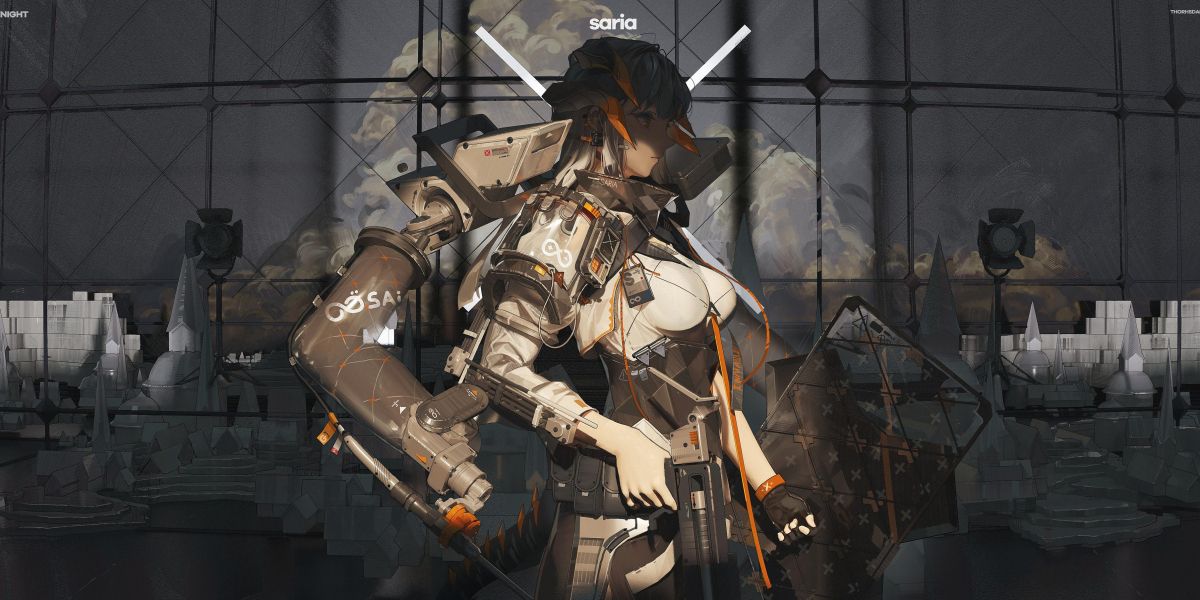Unlocking the Secrets: Avoid These Common Pitfalls in 3D Printing!
In recent years, 3D printing has emerged as a revolutionary technology, transforming industries from manufacturing to healthcare. With its growing popularity, many enthusiasts and professionals are diving into the world of additive manufacturing. However, as with any innovative technology, there are challenges to overcome. Understanding common 3D printing failures is crucial for anyone looking to achieve impressive results. Recognizing these pitfalls not only saves time and resources but also enhances the overall printing experience. Whether you’re a seasoned printer or a newcomer, knowing what to look out for can make all the difference.
Understanding 3D Printing Failures
3D printing failures refer to the various problems that can occur during the printing process, leading to unsatisfactory results or complete project setbacks. These failures can manifest in numerous ways, from poor quality prints to complete print failures, often resulting in wasted materials and time. Early recognition of these issues is key to minimizing their impact. By understanding the signs and symptoms of potential failures, users can intervene before a project goes awry, ensuring a smoother and more efficient printing process.
Common Types of 3D Printing Failures
3D printing can be fraught with a variety of challenges. Here are some of the most common types of failures encountered:
- Layer adhesion issues
- Warping
- Stringing and oozing
- Under-extrusion and over-extrusion
- Clogged nozzles
Each of these issues can disrupt your printing process significantly. Understanding the causes and solutions for these failures is essential for any successful 3D printing endeavor.
Layer Adhesion Issues
Poor layer adhesion occurs when the layers of filament do not bond properly during the printing process. This can lead to prints that are weak or prone to breaking. Common causes include low printing temperatures, incorrect bed leveling, or using incompatible materials. To address this, ensure that your printer settings are optimized for the filament you’re using. Increasing the nozzle temperature slightly or adjusting the print speed can also help improve layer adhesion.
Warping
Warping is an issue that occurs when corners of prints lift off the bed, often caused by uneven cooling or poor bed adhesion. To prevent this, consider using a heated bed, applying glue or hairspray to enhance adhesion, or using a brim or raft to help stick the print to the surface during the printing process.
Stringing and Oozing
Stringing occurs when thin strands of filament are left behind on the print as the nozzle moves between areas. This can be due to excessive retraction settings or high printing temperatures. To mitigate stringing, fine-tune your retraction settings and lower the printing temperature where possible. A travel speed increase can also help reduce the time the nozzle spends moving, minimizing oozing.
Under-extrusion and Over-extrusion
Under-extrusion happens when not enough filament is extruded, resulting in weak layers, while over-extrusion leads to excessive filament being extruded, causing blobs and excess material. Both issues can stem from incorrect printer settings, such as flow rate or temperature. Regularly calibrating your extruder and ensuring that your filaments are of high quality can help maintain a consistent extrusion rate.
Clogged Nozzles
A clogged nozzle can halt your printing progress completely. This issue often arises from using poor-quality filament, dust, or debris, or even improper temperature settings. To prevent clogs, regularly clean your nozzle and ensure that you’re using high-quality materials. Additionally, performing routine maintenance on your printer can help keep everything running smoothly.
Preventative Measures to Avoid Failures
To prevent common 3D printing failures, there are several actionable tips users can adopt. First, proper calibration of your printer is vital—this includes bed leveling and extrusion settings. Secondly, always opt for quality materials; cheaper filaments can lead to many of the issues discussed. Regular maintenance is equally important; clean your nozzle and check for wear and tear on components. Finally, keep an eye on the environment where you print. Temperature fluctuations and drafts can negatively impact the printing process, so try to maintain a stable, controlled environment.
Summary of Best Practices
In summary, understanding the common pitfalls associated with 3D printing is essential for anyone looking to improve their printing outcomes. From layer adhesion issues to nozzle clogs, recognizing these failures early can save time, resources, and frustration. By employing preventative measures and maintaining your equipment, you can enhance your 3D printing experience and achieve the successful results you desire. Embrace the journey of learning and refining your craft, and watch as your projects come to life with greater success.








